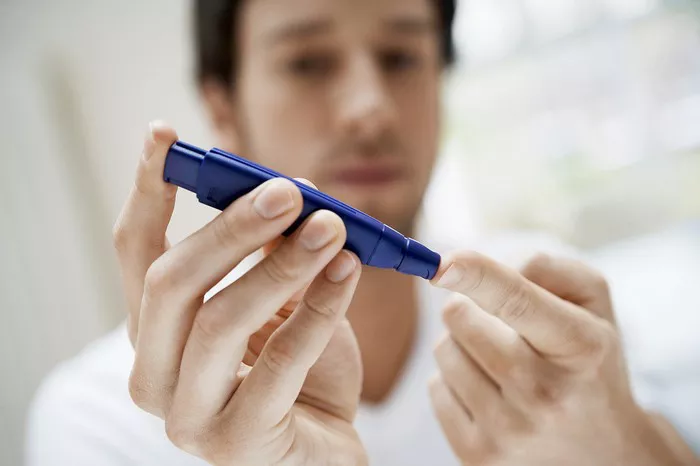Diabetes, a condition that affects millions worldwide, has many forms—each with its own challenges. A new, lesser-known variant called type 1.5 diabetes is increasingly gaining attention. Known for its hybrid nature, it combines aspects of both type 1 and type 2 diabetes. With more people being misdiagnosed and missing critical early signs, understanding this condition is key for proper diagnosis and management.
What is Type 1.5 Diabetes?
Type 1.5, also referred to as “Double Diabetes,” shares characteristics with both type 1 and type 2 diabetes, but presents with a unique progression. Similar to type 1 diabetes, it is an autoimmune disorder where the immune system attacks and destroys the insulin-producing cells in the pancreas. However, unlike type 2 diabetes, where insulin is present but ineffective, individuals with type 1.5 gradually lose their ability to produce insulin, eventually becoming insulin-dependent for life.
The progression is typically slow, making it hard to detect, and it tends to develop in adulthood, often going unnoticed for years.
The Rising Prevalence of Type 1.5 Diabetes
While type 1 and type 2 diabetes are widely recognized, type 1.5 is a relatively new diagnosis. According to the World Health Organization, up to 50 million people globally may be affected by this hybrid condition, though many remain undiagnosed or misdiagnosed as type 2 diabetes.
Who Is at Risk?
Several factors contribute to the development of type 1.5 diabetes, including genetic predispositions and immune system dysfunction. Research suggests that autoimmune diseases, including type 1.5, are more prevalent in women, particularly around menopause. Dr. Sara Szal Gottfried, author of The Autoimmune Cure, notes that the risk of autoimmune conditions increases during perimenopause, as estrogen levels—important for immune function—decline.
Obesity also plays a significant role in accelerating the condition. Increased body fat can cause the body to require more insulin, which in turn may hasten the loss of insulin-producing cells in those genetically predisposed to type 1.5.
The Challenge of Misdiagnosis
Type 1.5 diabetes is often misdiagnosed, with 30-40% of patients initially being told they have type 2 diabetes. This can lead to ineffective treatment strategies, leaving blood sugar levels out of control. Dr. Peter Brukner, an expert in diabetes care, emphasizes the importance of recognizing symptoms that may not respond well to standard type 2 treatments, as this could signal the presence of type 1.5 diabetes.
Lance Bass Shines a Spotlight on Type 1.5 Diabetes
Lance Bass, former NSYNC member, has become an unofficial spokesperson for type 1.5 diabetes. He shared his own experience of being misdiagnosed with type 2 diabetes before realizing he had type 1.5. Despite making lifestyle changes, he struggled to manage his blood sugar, only to discover that his condition was more complex than initially thought.
Other patients, like Anna, have faced similar frustrations. After 11 years of managing what she believed to be type 2 diabetes, Anna’s proper diagnosis of type 1.5 diabetes set her on a more effective treatment plan.
Key Takeaways
Recognizing type 1.5 diabetes is crucial for early intervention. If you’ve been diagnosed with type 2 diabetes but struggle to manage blood sugar with typical treatments, it’s worth considering the possibility of type 1.5. With awareness and the right approach, people can better manage the condition and prevent long-term complications.
Related topics:
Maternal Hypertension and Diabetes Increase Cardiovascular Risks in Offspring
Diabetes Accelerates the Spread of Antibiotic-Resistant Bacteria, Study Finds
Diabetes Accelerates Antibiotic Resistance, Raising Infection Risks


























